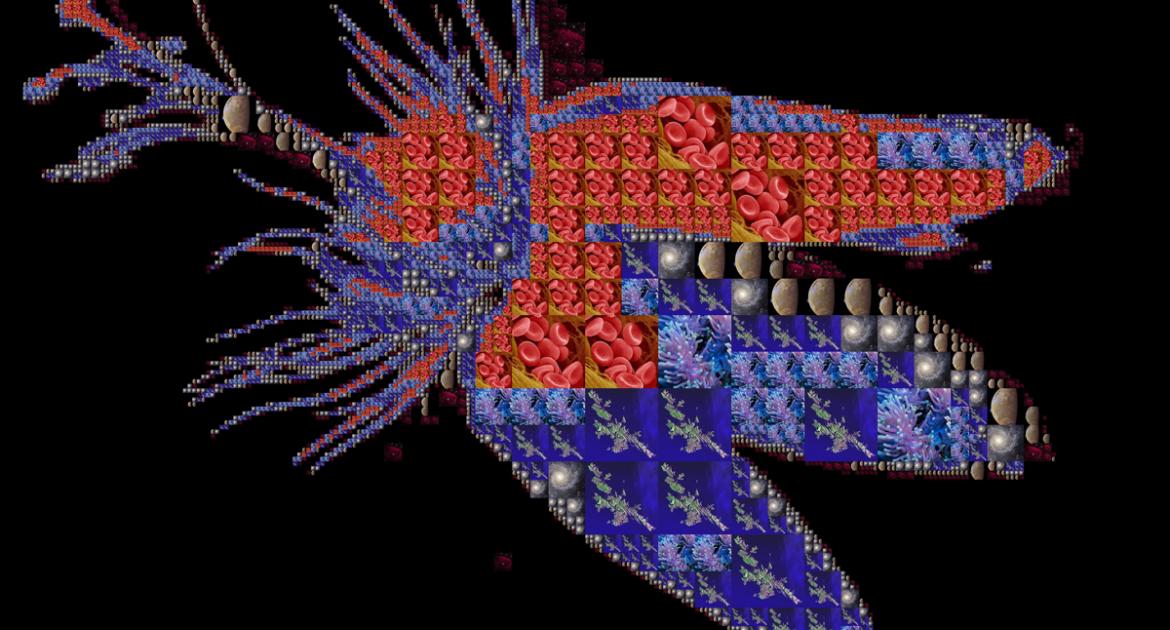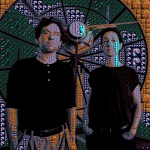Medios Sintientes by Quadrature

Confined to eyes and ears, to smell, taste and touch, the boundaries of human knowledge used to be directly related to the restrictions of the human body. Its limited range in time, space and frequency painted a rather shallow image of the world, missing many layers of information. With the rise of technology, humankind enhanced their natural sensing capabilities and outsourced their physical organs and functions to external machines, sensors and devices.
These auxiliary apparatuses revealed many new layers of reality and enabled humankind not only to insert some missing pieces into the picture but also to gaze into the past and predict possible futures. This process started a long time ago and is far from reaching its end - and it forms one of the core attributes of being human. The usage of technology as means to read and write reality defines one very distinct difference between “us” and all other sentient beings.
Yet to use media as extended human sensors is only the first step in generating meaningful new knowledge. By now data seems to be available in abundance and it is only by excavating the relevant bits from the pile of trivia, by finding some meaning in an chaoting stream of unfiltered raw data that actual information can be retrieved. Processing follows perception. These tasks can be rather preliminary or already groundbreaking in themselves - the construction of content and insight is embedded in both experiment and theory.
While an insatiable urge for understanding pushes the horizon of our limited minds further and further, the truth seeking endeavours are no longer bound to the present but reach far into the future. Calculating power exceeding our own many many times enables simulations and forecasts that in turn alter our behaviour in today's environment, entering all of us into giganticn feedback loops.
It is one of media art’s privileges to critically question the very technology it uses, to open up new possibilities and alternate interpretations of what has been and what will come. With whole societies turned into data by apps and other amenities, with artificial intelligence not only used as additional computational power but as information gathering systems, it is more than relevant not only to consume, but also to contemplate, criticize and (co)create these technologies and their implications. Unlike academic research, artistic research hereby does not have to find the one objective answer, but is free to provide subjective narratives, speculative solutions, purely poetic approaches or nothing at all.
Following Peter Weibel, this field should not be left to scientists and engineers alone, but the arts should join other epistemic systems to explain and change the world. For it is a multitude of voices necessary to immerse ourselves further and further into the various reflections of reality, to decipher new readings and construct new writings of it and to uncover smallest pieces of the biggest picture, which in its totality is and probably always will be concealed to us.
“Should it turn out [...], that we can cognise and therefore also produce considerably more than we are capable of understanding by thinking, then we would really have fallen into our own trap, as it were, or become the slaves - not, as is commonly believed, of our machines, but - of our own cognitive capacity, creatures abandoned by all spirit and all good spirits, who see themselves helplessly at the mercy of every apparatus they can possibly produce, no matter how crazy or how murderous its effects may be".
(Hannah Arendt, Vita Activa, 1958)
 Quadrature Biography
Quadrature Biography
Quadrature understands technology as means to read and write realities, with data as their main artistic material. The Berlin based artists utilize transdisciplinary media to create artworks that not only capture the intersection between art and science, but also the convergence of digital and analog realms. The two members Juliane Götz and Sebastian Neitsch met 15 years ago at Burg Giebichenstein Kunsthochschule Halle.



 Medialab-Matadero Madrid
Medialab-Matadero Madrid